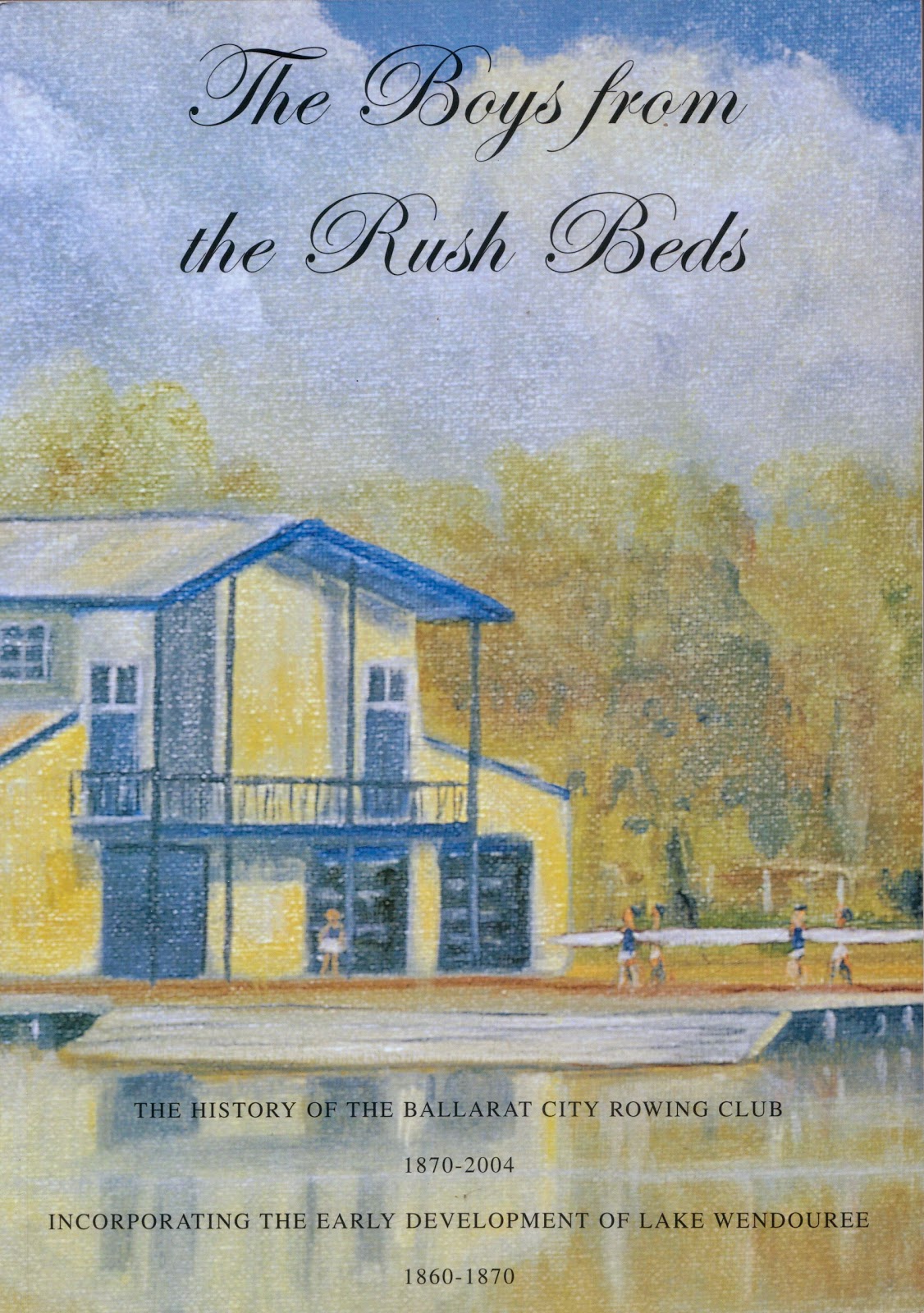My
Broken Love: Gunter Grass in India and Bangladesh, compiled and
edited by Martin Kampchen. Hardcover book published by Viking
/ Penguin (India) 2001, 303 pages with a few black and white
photographs and illustrations.
“In
1975 when the German novelist Günter Grass, winner of the Nobel
Prize for Literature, 1999, visited India for the first time, he
singled out Calcutta as a city he would definitely return to. The
abject poverty in which many in Calcutta lived, juxtaposed with the
throbbing vitality of the city and the tremendous will of the people
to strive against the odds, evoked in Grass a strange mixture of
attraction and disgust, but also left him utterly fascinated. Grass
did return to Calcutta eleven years later, this time with his wife
Ute, to live there for a year as ordinary residents of the city. Even
though the couple eventually spent only a few months there, the
experience left a lasting impression on Grass, Ute and the people who
came in contact with them. Calcutta affected Grass in some
indefinable but significant way, just as he had touched the lives of
many through the friendships he struck up, his support of social
causes, and his efforts to promote the role of the creative artist in
politics. The encounter also resulted in Zunge zeigen (Show Your
Tongue), a diary published in 1989, in which Grass approached Indian
reality through prose, verse and a series of black-and-white
sketches. My Broken Love is a rich collection of all the material
available on Günter Grass’ sojourn.”
If your
thinking that you've never heard of this book and are wondering what
the hell has Huc & Gabet stumbled upon, then you are thinking
exactly what I was thinking when I found this gem. I've got a copy
and have read “Show Your Tongue”, his Calcutta book, so the whole
Gunter Grass in India thing was not a suprise. Having spent more
time than I probably should have in Calcutta, I get why Gunter chose
to spend his time in this most amazing of cities. It's hard to
describe or explain what is so fascinating about the West Bengalis
and their sprawling and at times incomprehensible metropolis. There
are lots of contradictions and just when you think you have it all
figured out you realise that as an outsider you really have no idea
at all... which is sort of like the rest of India, except Calcutta is
just that little bit more amazing. The last time I was there, I did
notice that it was getting harder to walk along the streets as the
footpaths were becoming more impenetrable with human mass, and
physically bumping into everyone around you was an unavoidable
event... Unfortunately I didn't bump into Mr Grass.
This
book contains interviews and articles, some of which are by Gunter
himself but most are by others and I guess the idea behind the book
is to document this most important of writers visit to this city.
The book was published in India and i've got a feeling it didn't hit
the printing presses anywhere else. Due to the online scarcity and
my complete ignorance as to this books existence despite being an avid consumer of Gunters work, i'd
venture a guess that not many copies made it out of India.











